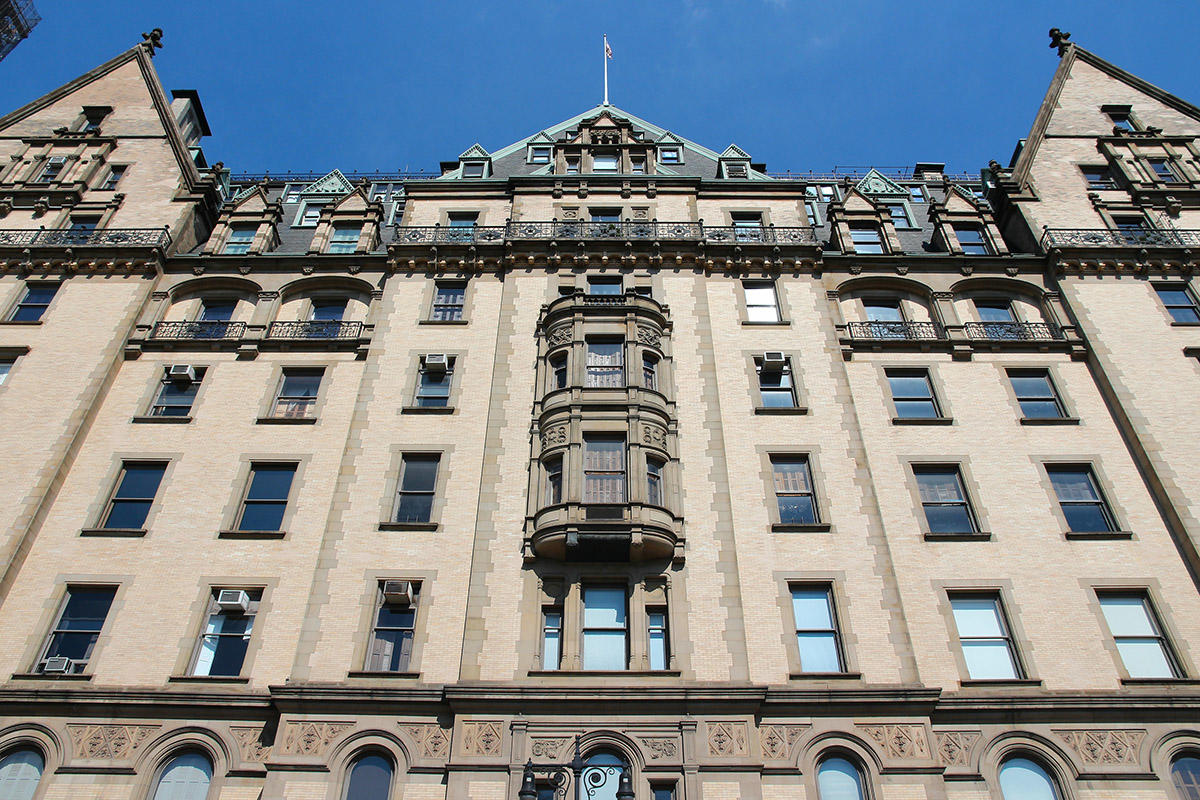New developments push up Brooklyn rental pricing
The median rental price in Brooklyn rose 4.4 percent year-over-year, to $2,923 in October, with much of the increase fueled by new development projects hitting the market, according to reports from Douglas Elliman. New rental pricing rose 7.6 percent, to $3,383, while pricing for existing apartments in the borough increased just 1.9 percent, to $2,750. “The new development rental market in Brooklyn has been a trifecta of influence on the overall market,” Miller Samuel CEO Jonathan Miller, who authored the reports, told TRD by email. New development accounts for roughly 25 percent of overall rental activity in the borough, Miller said, and the median rent for new development projects was 23 percent higher than the median rent for all other properties. Brooklyn’s new development inventory “reached critical mass to skew market-wide rents high over the past two years,” said Miller, adding that “quality expanded despite softening conditions.” Concessions, however, remained widespread, with more than 50 percent of Brooklyn rentals including a deal sweetener of some kind. In Manhattan, the overall median rent rose, but new development rents dropped.
Historic Manhattan buildings retain ultra-luxe status better than new condos
In Manhattan’s crowded luxury market, it takes a lot to reach the top — and even more to stay there. A recent StreetEasy analysis found that historic buildings tend to retain their ultra-luxury status longer than new development projects. Out of 23 new development buildings in the top 10 percent of sales in 2005, only four remained in that echelon in 2017. That suggests new developments often plummet from the residential market’s pinnacle as they are replaced by ritzier condos, while historic and landmarked buildings retain their value. Sought-after historic buildings such as the Dakota and San Remo are usually co-ops, and while the past decade has seen a slew of new condos hit the market, the ratio of co-ops to condos in the ultra-luxury sphere stayed relatively constant between 2005 and 2017, according to StreetEasy. The flood of new condos has taken a toll, as the threshold to earn ultra-luxury status rose from $1.9 to $4.2 million during that time. Manhattan’s super-high-end residential market also became less concentrated geographically, spreading from the Upper East Side, Upper West Side and areas around Central Park in 2005 to Lower Manhattan neighborhoods such as Nolita, Soho, Tribeca and the West Village.
NYC on track to meet affordable housing goals
The city is on its way to fulfilling Mayor Bill de Blasio’s plan to create or preserve 300,000 affordable housing units by 2026, according to a recent New York Building Congress report. The five boroughs added 34,482 new affordable housing units between January 2014 and July 2018 — 29 percent of the 120,000 new units de Blasio promised to have built. The new housing stock targets different levels of affordability, with 58 percent benefiting families making 51 to 80 percent of the Area Median Income and roughly 30 percent for families making less than half of AMI — or $46,950 for a family of three. (The remaining 12 percent represents families making more than 80 percent of AMI.) Tax incentives played a large role in helping to finance the construction — only 12 percent of the new units did not receive any tax benefits at all, according to the NYBC report. The most common tax programs were Article XI, which exempts certain buildings from property taxes for up to 40 years, and the 420c abatement available to nonprofits.
Opportunity Zone homes appreciate twice as fast in tri-state area
Home prices inside Opportunity Zones in the New York metro area climbed 54 percent in the past five years, more than double the appreciation rate for homes outside such zones, according to a report from property research firm Attom Data Solutions. Despite the increase, the average home price in tri-state Opportunity Zones was $341,774 as of November, compared to an average price of $695,544 outside those neighborhoods, per Attom. “These are great areas, they just have yet to go through a transformation,” said Citi Habitats president Gary Malin. “Once you give them the right capital to do so, the appreciation there is obviously going to be far greater than an area that’s already received that infusion of opportunity.” Nationwide home prices inside Opportunity Zones rose 72 percent over a five-year period, according to Attom, compared to 46 percent appreciation for homes outside such zones.
